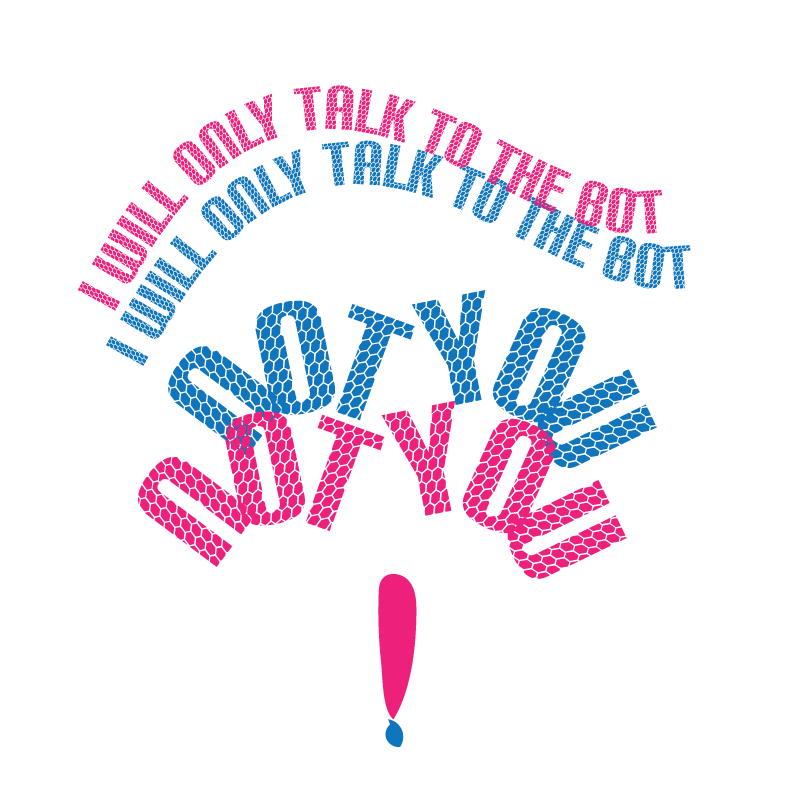“Gartner Research predicts that 50% of businesses will spend more on conversational applications than mobile apps by 2021.”
Let’s try to break down why is there such a big rush after conversational interfaces?
- Better than humans– For one we think chatbots are better than humans at the job that is defined for them. Sherry Turkle beautifully puts these lines in the book reclaiming conversation. She says “whatever people do if a robot can take over that role, it was by definition, not specifically human. And over time, this has come to include the roles of conversation, companionship, and caretaking. We redefine what is human by what technology can’t do. But as Alan Turing puts it, the computer conversation is an imitation game”. Companies bring in these conversational bots to actually satisfy customers and save spending money on humans helping customers.
- Reduction in Cognitive Load– We are trying to take away that cognitive load from people’s brains so that people can target their energies on other crucial things. So this conversational interface actually finds the information, does the analysis, and gets you the results. We are running away from seeking meaning or putting in efforts. Anything that requires energy like a human relationship, we seek better alternatives(CUIs). For anything that makes people read and search they prefer an assistant/interface to tell them what they need to know. They want to free themselves from acting/ thinking/ doing/ meaning. I know this is a very dystopian view and this isn’t going to happen anytime soon. But still, essentially that is the kind of experience we ultimately are designing for. CUIs as companions, or as social agents.
“To put things in perspective, today you’ll find at least 40 website builder tools, more than 35 helpdesk platforms, and over 350 CRM options. Meanwhile, Gartner identified at least 1,000 conversational platforms in the market. That’s just platforms for building conversational applications; the number of actual conversational applications is exponentially greater. “ - Cross-platform and reduces friction – It is easy to integrate CUIs on all interfaces, whether it is desktop, web, mobile, tablet. CUIs are being made better with time and people can easily ask CUIs for help on any interface they have trouble with. Ask Siri! and it will explain it to you. It is becoming that simple. So first it is taking away the cognitive load and then making the technology more acceptable for users.
- Accessibility – Ever had your keyboard and trackpad taken away from you and all you have is a mouse and accessibility keyboard? It was my worst nightmare and at that moment I wanted a very smart CUI to do some of my tasks. I spent 35 mins trying to sign in to google drive. CUIs can be a really big step in accessibility direction.
- User Acceptance – It has been found that people love talking to robots! (:O) Humans forget what it means to be human when they are talking to robots. I feel it is just how societies function now. Human-machine interaction rather than human-human! Our mental models have shifted a little. We are redefining trust, judgment, and intimacy. We as a culture treat technology as infallible and we trust the products that technology produces. This is a piece of good news for companies and designers designing for CUIs.
I think there is more to CUIs than this list. CUIs are changing our behaviors and needs. CUIs are everywhere and available at all times that no human can match that ability. These perfected superhuman powers are desirable in the market! Its only natural that the demands for CUIs will only grow. But just like a bubble which grows and then bursts. I am excited to know what new technology will be coming up next after CUIs?
References:-
https://uxmag.com/articles/why-this-ux-role-will-grow-fastest-in-2020

